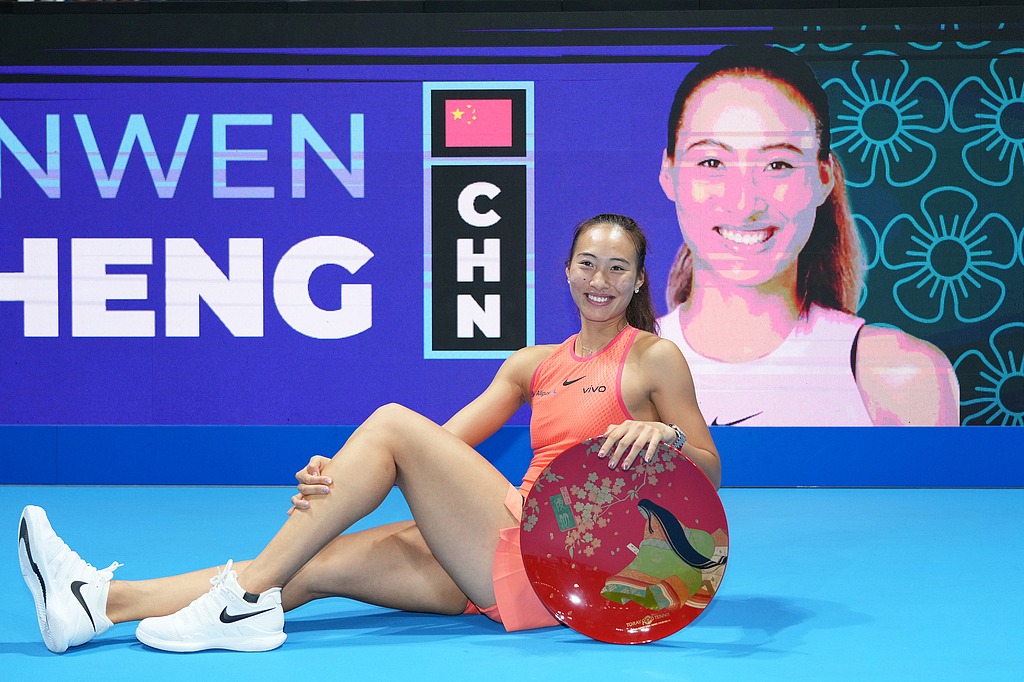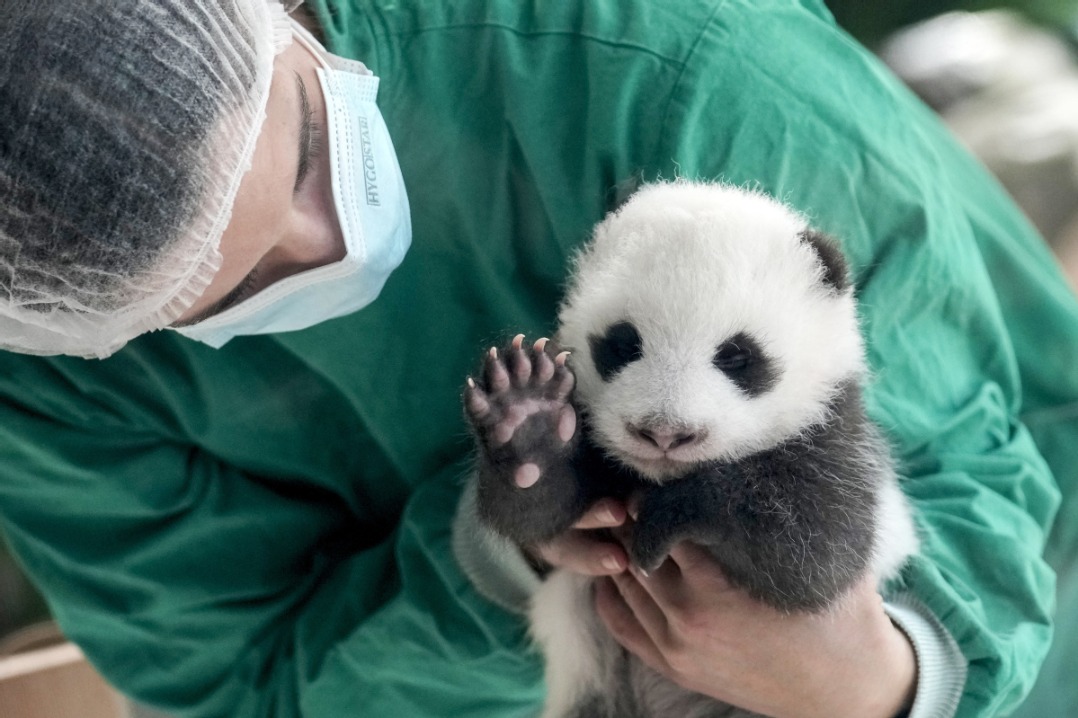Chinese firms step up investments in R&D
China Daily | Updated: 2024-10-28 09:01

BEIJING — It took Chinese entrepreneur Zhang Junbin eight years to transform a small startup with just 200,000 yuan ($28,090) in initial capital into a unicorn enterprise that now sells smart robot vacuum cleaners and mops in over 30 overseas markets.
Driven by a commitment to excellence, Zhang, founder and CEO of Shenzhen-based Narwal Robotics, today leads a company of over 1,000 employees, a remarkable achievement considering its humble start in 2016 with fewer than 10 employees.
Narwal did not launch a single product in its initial three years. Instead, it invested all of its resources into technology and product R&D, focusing on the details. The materials that had to be designed for the company's robot mop alone were selected and improved dozens of times. This slow progress threatened the firm's survival at one point.
"At that time, life was very stressful, funding was scarce, and the team was understaffed. Six or seven of us squeezed into a 20-square-meter office, each earning just over 1,000 yuan a month. But we gritted our teeth and persevered for over two years before finally producing a prototype," Zhang said.
The company said that a small Narwal robotic sweeper machine involves more than 600 technology patents, and that its relevant technologies cover fields including SLAM (simultaneous localization and mapping), 3D sensing, AI object recognition and big data applications.
Zhang is not alone in gaining fame in the pursuit of innovation.
Xue Min, founder of Shanghai United Imaging Healthcare Co Ltd, has followed a similar path in launching a company from scratch, growing it gradually into a formidable player in the global high-performance advanced medical imaging market.
Just over a decade ago, high-end medical imaging equipment from Chinese manufacturers was nearly nonexistent in the country's top-tier hospitals. Foreign giants like GE HealthCare, Philips and Siemens dominated more than 90 percent of the Chinese market.
United Imaging undertook a series of arduous tasks: dissecting basic components and cables, studying their structures meticulously using X-ray machines, and examining the diameter and material of each copper wire.
In 2018, United Imaging's first domestic integrated PET/MR device was approved and launched, making China the third country in the world that could manufacture a PET/MR system independently.
For years, the new installation volume of product lines from United Imaging has consecutively ranked first in the domestic market, leading foreign manufacturers of peer products to drop their prices.
Zhang and Xue and the companies they lead epitomize Chinese firms' growing investment in technological and product R&D in recent years, which translates into growing corporate innovation strength in China.
Data from the China National Intellectual Property Administration showed that by the end of 2023, the number of companies in China holding valid invention patents had reached 427,000, an increase of 72,000 from the previous year. Of the valid invention patents in the country, domestic enterprises accounted for nearly 3 million, or 71.2 percent of the total.
Narwal and United Imaging represent a cohort of Chinese companies that are earning increasing revenues from foreign markets.
In 2022, Narwal decided to test the waters of the global market. In its typical fashion, the company had waited roughly three years to reach this decision, remaining quiet between 2019 and 2021.
Company data show that by the end of July this year, Narwal's overseas revenue had grown nearly 7.5 times year-on-year, expanding the number of countries and regions where it sells products from nine last year to over 30 this year, including markets such as Italy, Sweden and the Netherlands.
Xinhua
























